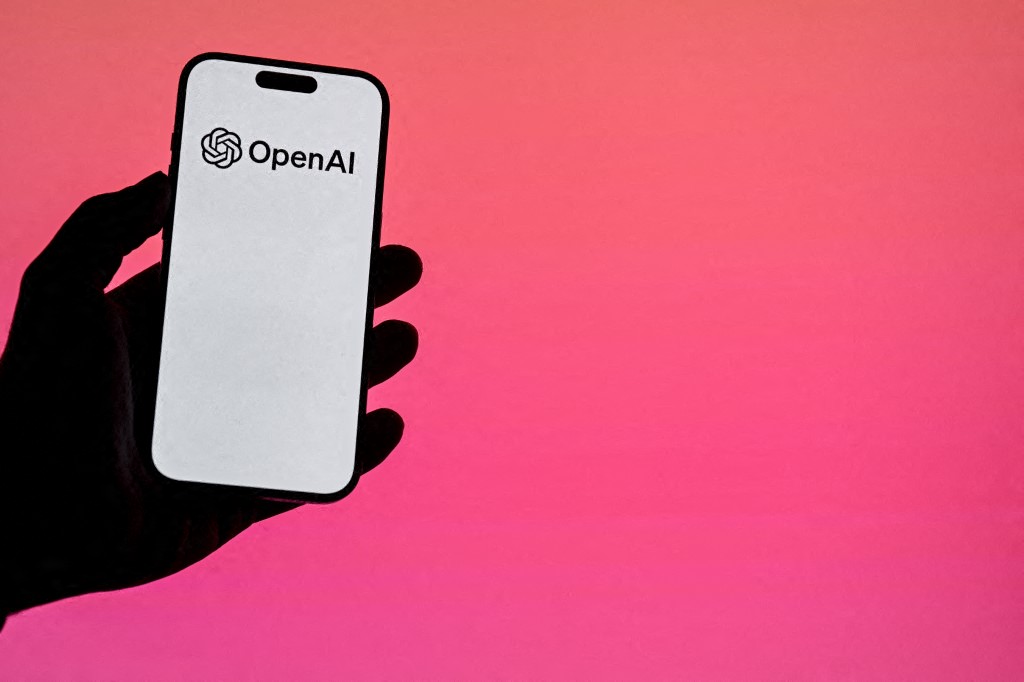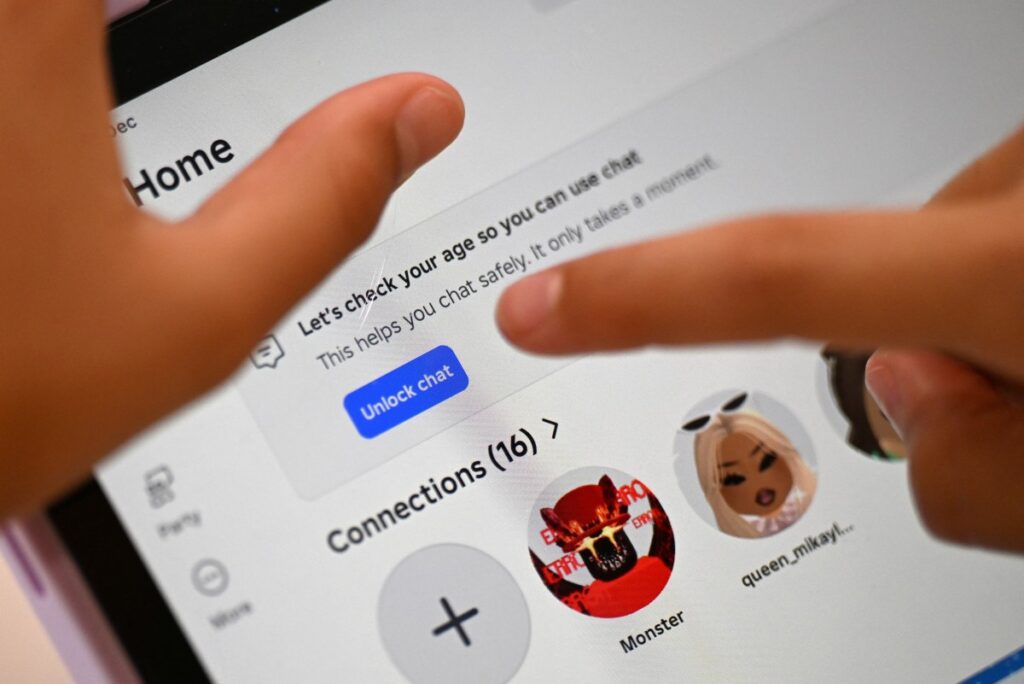Ben Maher, executive director for EMEA at Mashable, spoke at the first-ever Festival of Media MENA held in April this year on the topic of mobile. On the stage, Maher laid down a challenge for creative agencies to become device agnostic so their campaigns can work across devices and formats. Intrigued by the challenge and curious to find out how Mashable’s advertising products work, we caught up with Maher to discuss Mashable, its regional plans and media in detail.
First off, are you planning to open Mashable in the Middle East?
The good thing about us [Mashable] is that we are global so we don’t necessarily need to create a Middle East version, but we do want create more content around the region. Whether that’s in English or Arabic remains to be seen but we can make sure that we provide interesting perspectives on the stuff happening here, such as the satellite universities, startups coming out of Lebanon and what’s happening in Dubai Media City.
We would like people from around the world to be reading about the innovation coming from this region and it shouldn’t just be about telling people in the region about the region.
How do you plan to go about this?
This is an editorial conversation, which I need to have internally. What I can tell you is that we have a piece of technology called Velocity that allows us to see which stories are trending. It covers millions of pieces of content across the Internet and evaluates them every 30 seconds. We can also look at the fastest-trending Arabic content in the world. So even if we don’t have a huge team in the Middle East, we can still keep a really intelligent eye on the region using our technology.
Tell us about Mashable’s advertising products.
We have distinct advertising products. There’s media advertising, as you and I understand it, across mobile and desktop. Then there is branded content and there are three areas to it: branded content, where we write an article that a brand associates itself with and it’s clearly labeled as branded content; brand speak, where we write an article collaboratively with a brand and clearly label it as brand speak; and immersive stories, which is long-form content. They [long-form articles] contain much richer content in terms of video, photography, interviews and even links to technology we create. Like the Duality series we did for Intel, wherein Mashable paired [content and technology] creators, equipped them with Intel-powered devices and gave them 16 days to build something special. The final result is a website that takes your latitude and longitude, plugs in a SoundCloud file and provides a view of where you are in the world. Since content is key to everything at the moment, we can also take content from any social feed and plug it into the site [on the homepage] and it can be shared to social platforms.
Are there certain formats or offerings that perform better than others?
Every brand has a different approach and campaign so you can’t really measure which one is best; all the offerings are popular. Although, we are finding that certain brands have content already and want it distributed. They’ll ask for a solution that involves social lift or content lift. Those that haven’t created content and want that Mashable feel to it will ask specifically for us to create the content. Unfortunately, I don’t think there are lines between sectors; some brands are just better at producing content. P&G and Unilever brands, such as Dove, produce good content.
While there is this impression that we are speaking to people with a goldfish memory, we see longer-form content performing just as well. Is there are a trend you have noticed in this regard?
It’s definitely something we have seen and we have built our business to service it, so we have a group called The Collective. It produces short-form and engaging content. We’ve worked with brands on Snapchat and are already figuring out how Periscope and Meerkat will work for us in terms of brand engagement.
Last year, Business Insider cited us as the top media brand in the world that’s using Vine because we produce original content everyday. We were the No. 4 brand in the world on the list and the only media brand in the Top 10. Buzzfeed calls our Snapchat artist the Picasso of Snapchat. So, when we are getting accolades from our peers and competitors, that’s always a good feeling.
Ultimately, good quality [content] is what works well. We did a piece about the Westjet ad from Christmas 2013; it was picked up by Velocity and was being shared quickly. We embedded it into our page and the first iteration [of the article] was a simple three-line story. Over time, we evolved the story but that [original] page alone received a million shares within the first few days and 1.59 million shares on Mashable over two months, approximately.
So it’s about getting the right content in front of people at the right time. If you’re out with your mobile and you’ve got a short period of time, you want content you can digest at that point, so we need to serve you that. If you’re on your desktop or you’re commuting and looking at your phone, you need a different style. If we put long-form content up at that time and it’s not optimized for mobile, it’s not going to work. In a mobile context, long-form content can still work and be just as beautiful an experience.
How is your readership – and advertising – split between mobile and desktop?
It’s an even split. On mobile and tablet, every six to eight months, [readership has] gone from 48 percent to 50 percent to 52 percent as of the end of March 2015. There are slight regional differences but it’s pretty consistent. We do get consumed by people in offices so having desktop [versions] is nice, but since 2012, we have optimized everything for all devices. In any given month, we run on 5,000 device types, which means every iteration of every operating system and every different mobile, laptop, tablet and desktop format.
We don’t have clients asking for one or the other [mobile or desktop]. In terms of how we monetize, we’re no different from any other brand – there’s not enough coming through but it’s scaling all the time. Our products are not confusing or misleading, so transitioning from one [device or format] to the other is very good, but we’re in a much better position than a lot of brands because people [brands] don’t have to produce new formats for us as it’s all mobile-optimized.
How closely do sales and editorial work together?
We have a really good setup where editorial is left to do what they should and that is to write good content that drives engaged users and an engaged audience. But we have a separate branded-content team that writes content for brands and that’s part of the commercial team. They are editors themselves, but they’re specialists in writing branded content.
On what basis does the editorial team select the articles and how does it go about creating these articles with imagery and videos?
We have two areas: breaking news and areas of interest. Velocity gives us the ability to actually hone our view and give some perspective, but it’s still down to the editorial integrity.
The editorial staff looks at how the article is constructed and what imagery is required. Then, they may consult with the photo editor or one of our graphic artists to draw or illustrate, or we may have an infographic built for a certain article. So the writer will determine the structure and work with the necessary people to make it happen. We have those resources in-house to enrich an article.
Do you think media drives virality or boosts it?
Both. When we wrote an article about a guy called Raul Oaida who’s building eco-friendly cars in Romania, it wasn’t a viral piece before we wrote it. Now, speaking of The Dress that went viral, we didn’t make the dress [go viral], but we rode that wave of virality that was going around by speaking to a Cambridge professor and asking him for his opinion. So, we added our own perspective to it.
So then, what role does media play in virality, specifically for brands?
If you look at Alex from Target, what does that say? It was created by a brand but the virality wasn’t driven by the brand or agency; it was the audience. They [the brand] used psychology to play the audience, but we all wrote about it not knowing that it was by Target. Did we feel robbed or conned? We probably felt like every user. We didn’t write an apology but we did write a story about the real story behind it and users liked that story as well because it’s informative.
Lastly, what was your impression of Dubai and the Middle East?
I didn’t come here with any preconceptions; I wanted to know how difficult it would be to operate across so many markets. For instance, I can tackle maybe 13 different markets dealing with Arabic. In Europe, I would have to write 12 languages, so that’s one of the joys of working in this region and expanding here.
Potentially, I could just do English and Arabic and succeed here, which I couldn’t do in Europe. So we will look at more languages in the future. People have been extremely helpful, which is very refreshing. There’s great recognition of us as a brand and there’s a desire to do cool and innovative things for the region. How we set up and what we do is going to be more of a challenge because I want to make sure we do it the right way.
You have to be respectful of any market you go into; you can’t just assume that what you do in another market will work. For instance, our US offering is verticalized, whereas our UK offering is pretty much agency-centric. Ninety to 95 percent of revenues in the UK will come through media agencies. Since the US is a much bigger market, there are more client direct deals done by media companies. The fact that the [Middle East] region can be controlled from Dubai is really advantageous.




